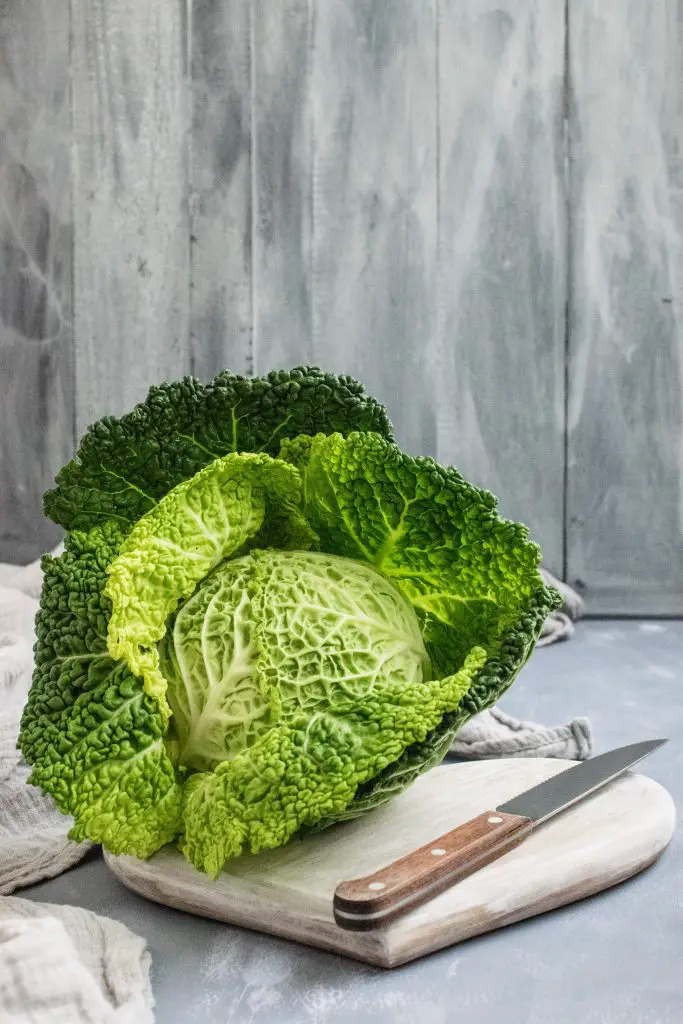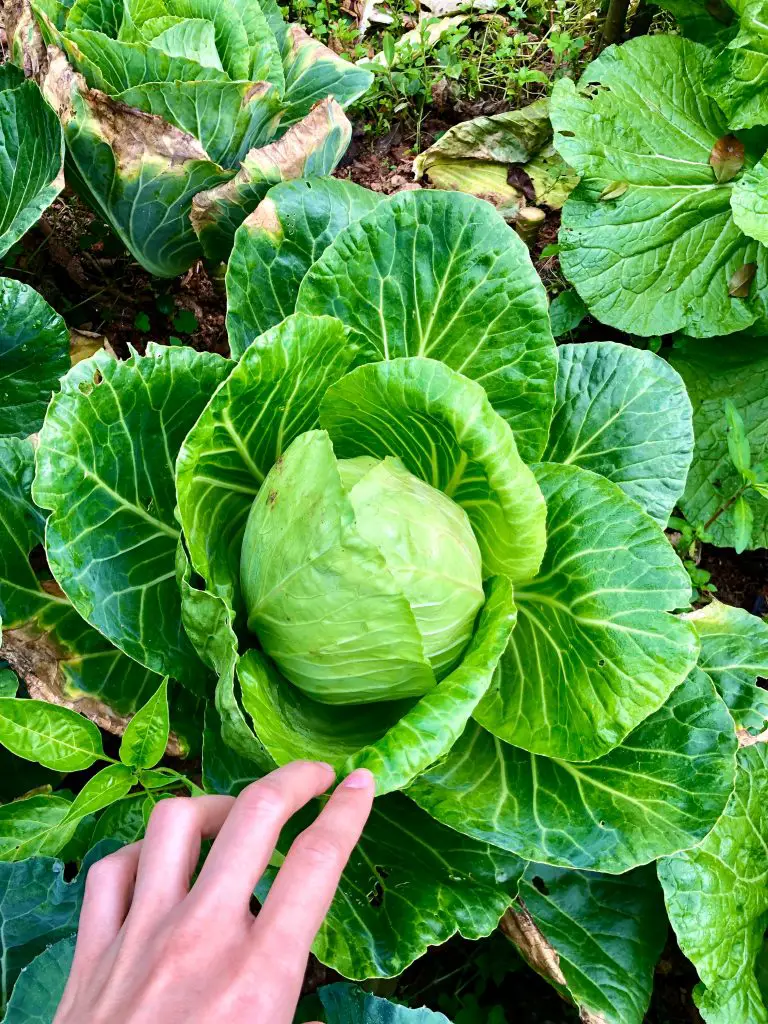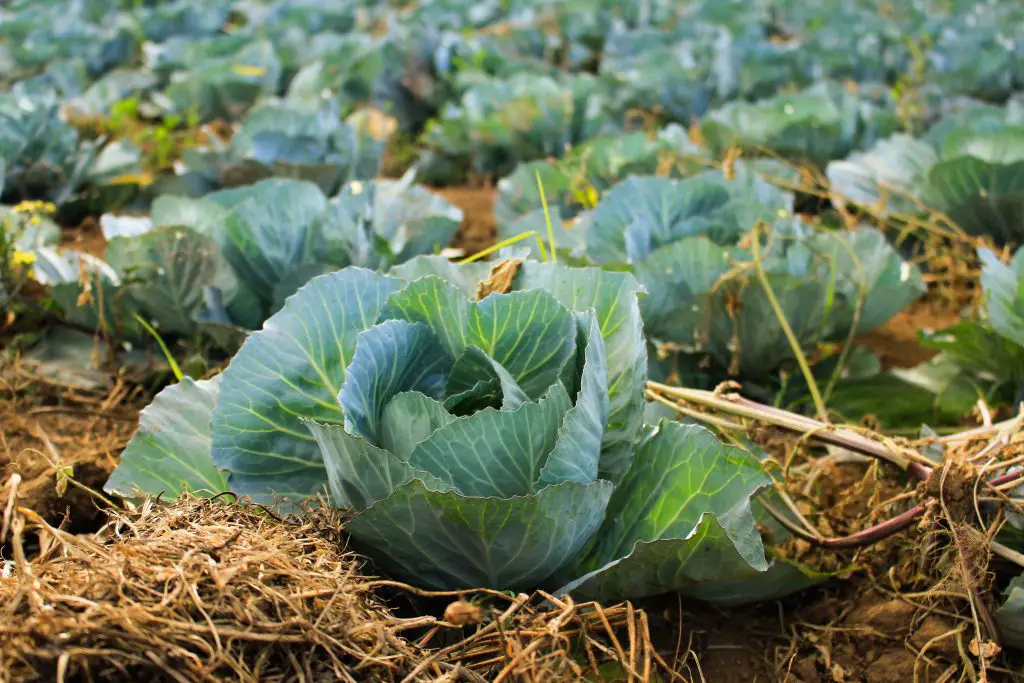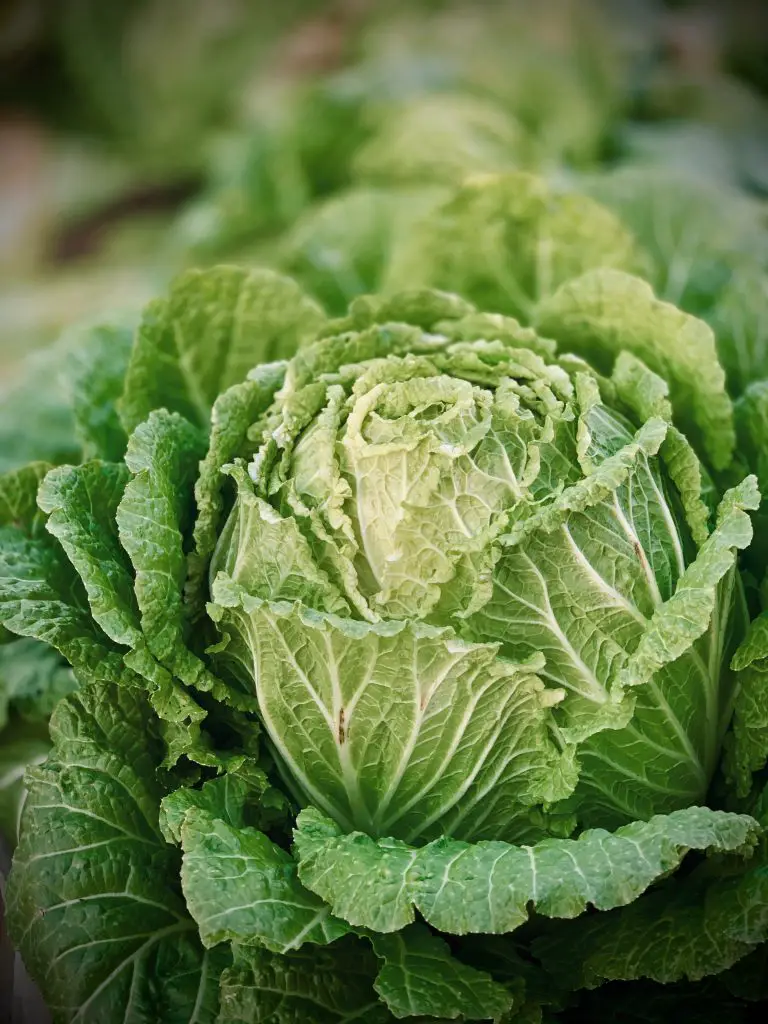Can You Grow Cabbage In The Summer? Cabbage is a vegetable that most people think of as being one that can only be grown in winter, however, if you have a vegetable garden at home you may be wondering if can you grow it at other times of the year.
Cabbages can be grown quite successfully in summer as well as in most other periods of the year which means it is one of the few vegetables which is available year-round fresh from the garden. The precise time at which the cabbages are available for picking will depend greatly upon the particular variety grown with some varieties maturing in summer while other ones mature in autumn and winter.
Cabbage varieties can be divided up into groups based on their harvest period or their appearance. When dividing cabbages up based on the harvest period they can generally be divided up into three main categories, summer cabbages, which are relatively fast-growing cabbages that are typically planted in early spring for a summer harvest.
Winter cabbages are mid-season varieties that are often planted a little bit later in the season for a harvest in late autumn or even early winter. If the plants reach maturity around this period of time they can be allowed to sit in the garden throughout the winter period and picked as required. The spring cabbages which are harvested normally at the end of winter or spring are generally the varieties that take the longest to mature and are typically planted in the summer.

Aside from the maturity dates cabbages are often also divided up into groups based on their physical appearance. In this case, cabbages are normally categorized as red, green, savoy and napa cabbages. The red and green varieties are the most common varieties sold in the major supermarkets in western countries.
The savoy varieties are those which have crinkled leaves similar to tuscan kale and are generally green in color. These varieties are also round in shape like the red and green cabbages. Napa cabbages are also known as Chinese cabbages and are generally oblong in shape and have relatively pale lime green leaves and are most commonly used in Asian cooking. The napa varieties generally only have early and mid-season varieties.
If you want to see an extensive list of cabbages that will help you choose just the right variety to pick click on the vegetable database which has over 200 different varieties of cabbage to choose from.
Growing Cabbages At Home
If you are growing cabbage at home, as mentioned above, you can pretty much ensure that you have cabbages available in your garden year-round provided that you plant at the right time and select the correct varieties.
Irrespective of the time of year that you plant your cabbages we generally recommend that you plant seeds into trays rather than directly into your garden beds for a couple of reasons. The first is that growing seed trays allows you to more easily control the climatic conditions in which the seeds are exposed to which generally ensures that the plants get off to a more rapid start, particularly in late winter or early spring.

However, if you are planting in the warmer parts of the year we would still highly recommend that you plant into the seed tray because it reduces the amount of time that cabbages spend in your garden which allows opportunities to grow other crops. Usually at that time of year the garden is pretty full of vegetables and space is at a premium.
Planting Cabbage Seeds
To start the seeds off in a seed tray start by filling it with a good quality seed-raising mix. The seed raising mix should ideally be firmed down into the individual cells within the seed tray to create solid plugs. The advantage of doing this is that when the seedlings are transplanted from the seed tray it reduces the amount of root disturbance as the plugs come out as a single solid piece.
When planting seeds into individual cells we recommend planting 3 to 3 seeds per cell at a depth of approximately half an inch to ensure that you get at least one plant germinating in each cell. If all the seeds germinate it is best to thin the plant down leaving one strong seedling in each cell to grow on.
The seed tray should be then placed in a relatively warm location that gets a reasonable amount of light, however, it is advisable to avoid the hot afternoon sun if you are planting in summer as this will cause the seed tray to dry out extremely quickly. To ensure good quality seedlings it is important to ensure that the soil remains constantly moist
Cabbage seeds will typically germinate after 7 to 10 days in most conditions and will need to spend at least 4 to 6 weeks in the seed tray to ensure that they reach a sufficiently large size before they go out into the garden.

Transplanting Cabbage Seedlings Into The Garden
Cabbage seedlings should ideally be planted out into the garden when the weather is starting to warm up which ideally should be after any risk of frost has passed. Cabbages are generally fairly large in size and therefore need to be planted approximately 15 inches apart to ensure that there is adequate space for the plants to do grow and develop overtime.
In terms of soil conditions, cabbages prefer rich, moist, and free-draining soil that has plenty of nutrients. If your soil is somewhat impoverished you may consider adding an additional bag of compost into the garden bed before transplanting the seedlings.
Once the seedlings are in position is important to apply a thick layer of mulch and water the seedlings in well. If you are planting in summer it may be necessarily to water the plants extremely regularly if the conditions are very hot to ensure that the seedlings survive in those conditions.
Additionally, cabbages in their early stages of growth are highly susceptible to attack from slugs and snails and therefore need to be protected as soon as they go into the garden. It is recommended that you sprinkle snail bait around the base of the plants to protect them from attack.

Caring For Cabbage Plants
Once the cabbages are in place the main job is to ensure that they continue to be watered regularly and the beds are kept weed free. It is also recommended that any leaves that have started to deteriorate from the plant are removed as they will not help the plant very much and they do provide an opportunity for slugs and snails to get into the plant and cause problems.
The other very common problem is white cabbage butterfly which has a tendency to lay its eggs on the plant and its larvae subsequently eat the leaves. To avoid these issues many gardeners plant nasturtiums nearby as white cabbage butterflies will preferentially lay their eggs on those plants rather than on your cabbages. This is preferable to spraying the cabbage plants with chemical controls.
Harvesting Cabbage Plants
Cabbage plants can be harvested at any stage once they begin to form a head and you can even harvest them as cut and come again varieties by simply picking off the outer leaves and allowing the head to continue to develop, however, this is not a common practice.
Most gardeners will remove the entire head of the plant which can resprout afterwards, however, I think that is generally not worth leaving the plant in the ground to wait for this resprout but instead plant fresh seeds.
Cabbages also store extremely well in winter which means that you can also harvest them and store them a cool dry location for a number of months if the weather is extremely cold in winter. However, if you have relatively mild winters they can just remain in the garden and be picked as required.
I hope you found this article useful and you have great success growing cabbage at home in your own garden, if you have any additional comments or questions please leave them in the section below.
Relevant Articles
How Long Does It Take Cabbage To Grow? (A Complete Answer)
How Long Does It Take To Germinate Cabbage Seeds? How Does Temperature Effect It?
How Much Sun Does Cabbage Need? Can It Tolerate Shade?
